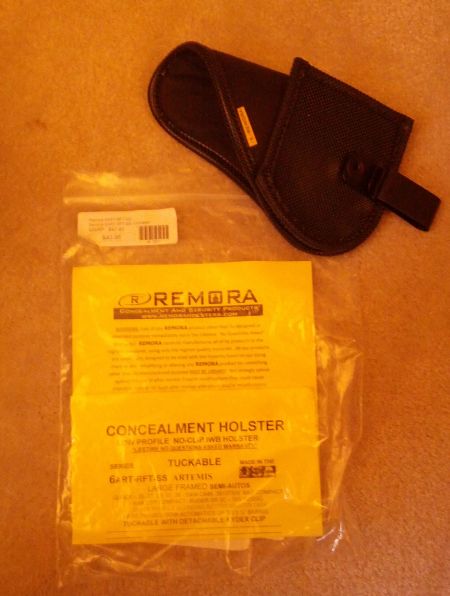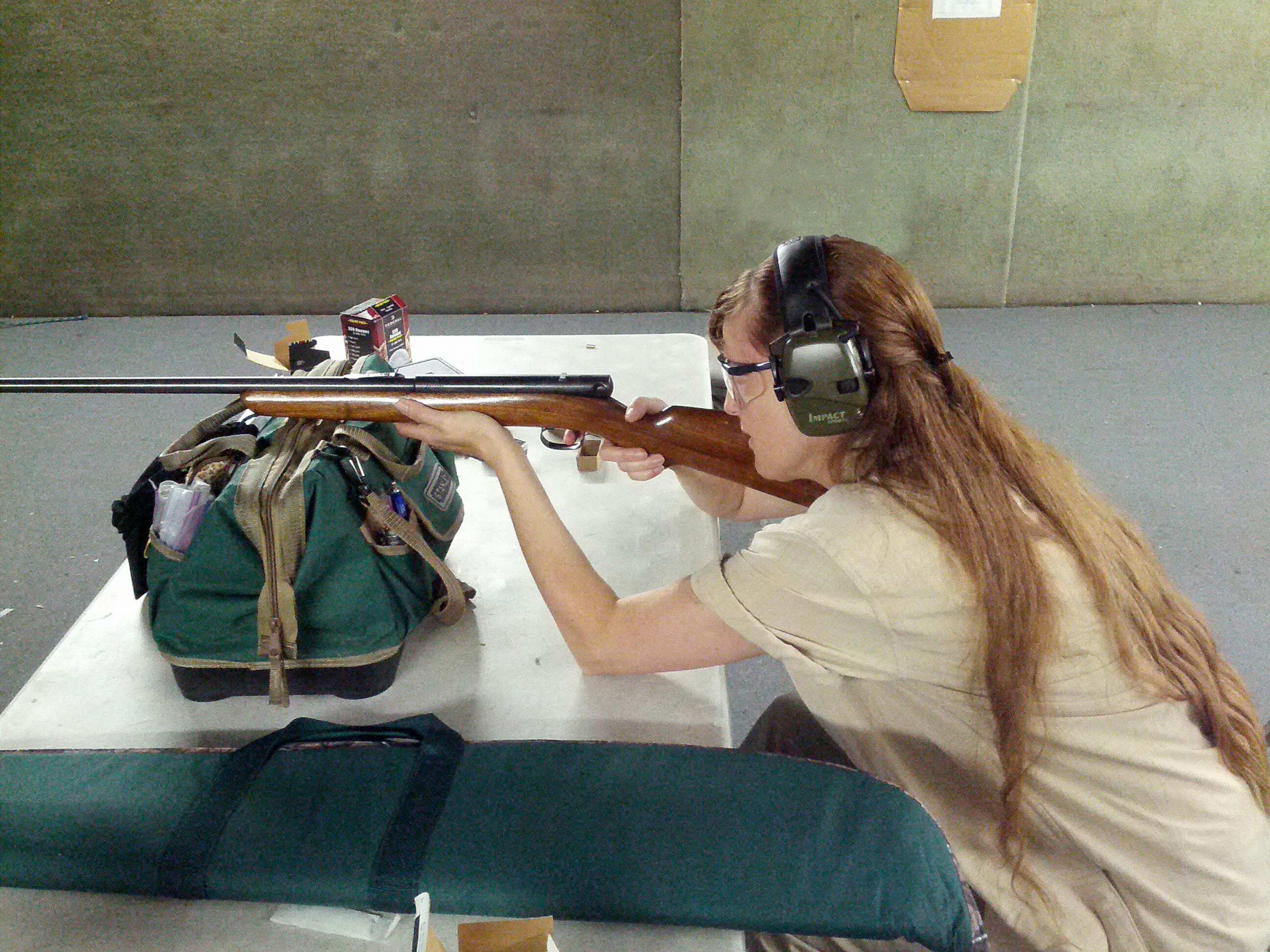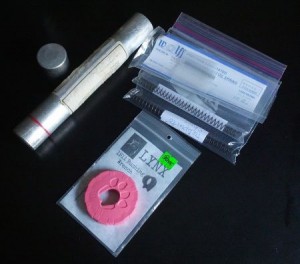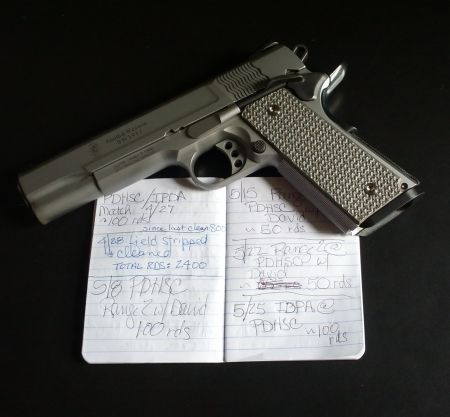I’ve been asked to do a short presentation on IDPA for the Ladies Handgun League down at the Wake County Range. I put together an outline and decided to post it here for future reference.
Intro to IDPA
IDPA: International Defensive Pistol Association
Purpose:
• the use of practical equipment
• to solve simulated “real world” self-defense scenarios
Who Competes in IDPA?
In a word, everybody. New comers are welcome and encouraged.
You should be comfortable:
• drawing from a holster and reholstering
• reloading / exchanging magazines in your pistol
IDPA Safety Rules / Reviewed at every match!
• All guns are always loaded.
• Never let the muzzle cover anything you are not willing to destroy.
• Keep your finger off the trigger till your sights are on the target.
• Identify your target, and what is behind it.
(Versus NRA Gun Safety Rules)
• Always point the gun in a safe direction.
• Keep your finger off the trigger until ready to shoot.
• Keep the gun unloaded until ready to use.
Skills you are exposed to:
• Emphasis on range safety
• Drawing from concealment
• Strong hand and weak hand shooting
• Shooting while moving, kneeling or prone
• Shooting moving targets
• Using cover properly
• Reloads
• Tactical priority (near to far)
• Tactical sequence (one shot each before additional shots)
• Threats vs. non-threats,
• Shooting for both speed and accuracy
• Adding the adrenaline rush you may experience in real life
How does a Match work?
• Typically 6-8 stages over 4-6 hours
• Break into squads – squad leader will work with you. People are friendly and typically helpful to a new shooter.
• Your squad arrives at each stage as a group.
• Your squad leader will brief the squad on the scenario and any requirements.
• You may all load and make ready as a squad or each shooter may load and make ready as it is there turn to shoot.
• Every one helps to paste targets
• You can ask to see how you did
Examples of Stages
• “You are in the shower…” and you start by opening a shower curtain and picking up your gun from a side table
• At a major match: shoot out a window through a rain storm (actually a hose…)
• “You are on the couch, watching the Super Bowl and your gun is on the coffee table. Sit up and shoot your first target before standing.”
• At a major match: Shoot from the driver’s seat of a car, at night, through a burning engine at your targets (this was a rare night match).
What to Bring
• Ear & eye protection (MANDATORY)
• Handgun, caliber 9mm or larger
• • Sights must be stock. No lasers, scopes, or lights mounted on pistol are allowed.
• OWB holster that covers the trigger guard (ladies can use a dropped, offset holster).
• Should have at least 3 magazines for your pistol (you can shoot with 2)
• Magazine holster that goes on your belt for each extra magazine
• Belt to support your gun and magazine holsters
• A concealment garment- ie vest or long shirt
• About 150 rounds of ammo
• Some form of range bag to keep your items in.
• Baseball cap recommended – especially for outdoor matches.
• Water & Snacks!
Here’s a link to a Triangle Tactical article that talks about IDPA “on the cheap” for equipment sources.
Gun Handling
• All events are cold ranges.
• Come with your gun unloaded.
• You will be told when/where to load and unload your gun.
• Unless you have been told to load & make ready, DO NOT TOUCH YOUR GUN.
• If you are not sure of when/where you can handle your firearm simply leave it holstered and ask.
Range Commands (not exhaustive…)
• Load and Make Ready
• Unload and Show Clear
• Finger: You will hear this if your finger is in the trigger guard while moving or reloading.
• Muzzle: If you hear this, immediately check yourself as your muzzle is getting near a muzzle
safe point.
• Stop: If a shooter is being grossly unsafe, or if a safety issue has arisen on the range
• Cover: If a shooter is not using cover adequately
Local information (may change over time, verify before driving to a match)
Classes: IDPA Intro class locally at Shoot to Live
Matches:
Personal Defense Handgun Safety Center – One Thursday a month
The Range in Oxford – 1st & 2nd Sunday of the month
Awesome local blog that encourages completing: Triangle Tactical and their Comprehensive calendar of all regional events.
More detail for first time competitors:
Getting Started in Competitive Shooting over at Triangle Tactical
New Shooter Briefing (Video)
New Shooter Packet (Document)





